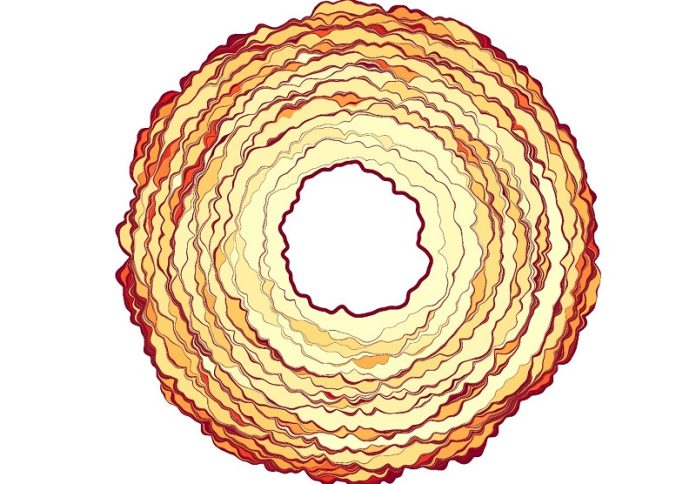
Have you ever wondered why stickers or Post-it notes stick so well to surfaces, but can be a bit of a pain to peel off?
Well, a group of clever scientists from the University of Freiburg, the University of Pittsburgh, and the University of Akron have dug deep into this mystery and found some surprising answers.
Their discoveries shine a light on the sticky world of soft materials and could lead to some cool new gadgets and tools in the future.
When we talk about “soft materials,” think of things like rubber bands, sticky tapes, or those squishy stress balls.
These items have something in common: they’re really good at sticking to things and sometimes not so easy to pull away.
This stickiness puzzle is what our scientist team, including Dr. Antoine Sanner, Prof. Dr. Lars Pastewka, Dr. Nityanshu Kumar, Prof. Dr. Ali Dhinojwala, and Prof. Dr. Tevis Jacobs, set out to solve.
Their work was published in a journal called Science Advances, where they shared their exciting findings with the world.
So, what did they find? It turns out that the secret to why these materials stick and unstick in such a quirky way has a lot to do with how bumpy or rough the surface of the material is. Imagine the surface of your sticker not as perfectly smooth, but more like a tiny mountain range with peaks and valleys.
When you try to pull the sticker off, these tiny mountains and valleys don’t want to let go all at once. Instead, they prefer to hold on a little at a time, which makes the sticker come off in jerks and jumps.
Before this study, some scientists thought that the stickiness drama was because the material got tired (in a way), losing energy as it changed shape from being squished to stretching back out.
Others thought it might have to do with the material and the surface getting too cozy, forming a sort of microscopic handshake that didn’t want to let go. But Dr. Sanner and his team found something different.
They showed that the real action happens because of the bumpy surfaces. These bumps cause the material to lift off in sudden, tiny leaps, which is why it feels harder to peel off.
To figure this out, the team didn’t just guess; they used some serious science, combining real-life experiments with computer simulations.
What’s cool is that their computer model could predict how sticky something would be based on how bumpy its surface was. This is a big deal because, before this, most of the science on this topic used much simpler ideas of what surfaces looked like.
Their findings aren’t just interesting for sticky note aficionados; they have some pretty practical applications, too. Imagine robots that can handle delicate items more carefully, or new gadgets that can stick to things in just the right way without getting stuck forever.
In the end, this research helps us understand not just why your favorite sticker might ruin a perfectly good notebook cover, but also how we can make better, smarter materials in the future. Thanks to the bumps and jumps on the surfaces of soft materials, we’re one step closer to inventing cool new tools and toys that could make our lives easier and more fun.



